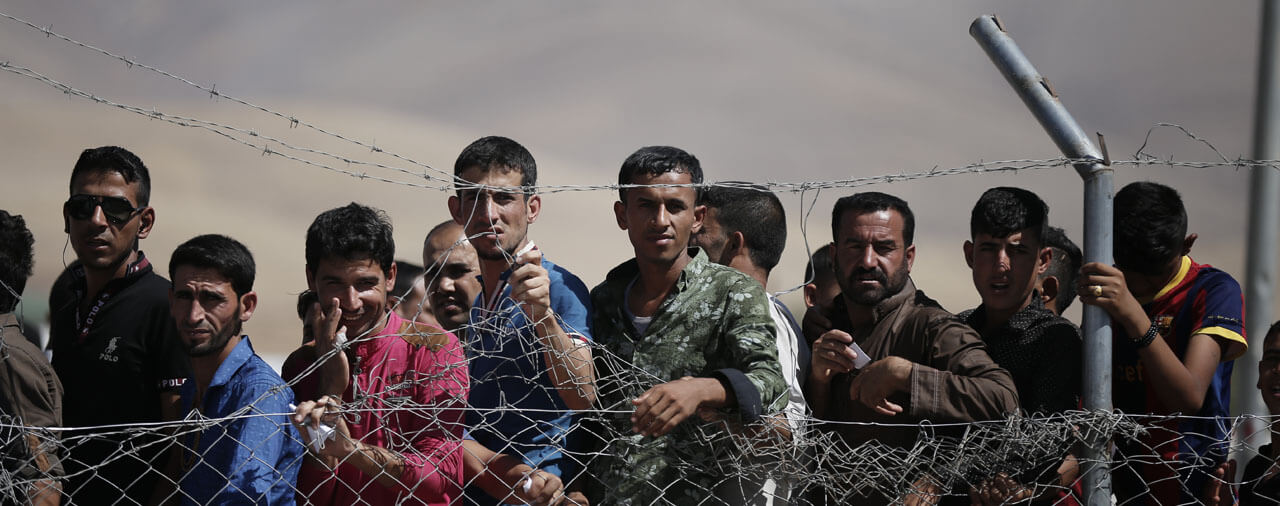Differences Between President Trump's New Travel Executive Order and the Original

On March 6, 2017, President Donald Trump issued an Executive Order titled “Executive Order Protecting The Nation From Foreign Terrorist Entry Into The United States” [link]. This Executive Order provides for the temporary suspension of immigration from six countries, cuts to the U.S. Refugee Program for 2017, and directs the implementation of various other policies. The new Executive Order, which becomes effective on March 16, 2017, revokes the January 27, 2017 Executive Order 13769, of the same name, and replaces it. The Trump Administration opted to revoke and replace Executive Order 13769 after the implementation of many of its provisions was blocked by a federal district court injunction, which was left in place by the United States Court of Appeals for the Ninth Circuit.
In this post, we will provide a brief overview of the changes made by President Trump made in the new Executive Order from the first version.
We will post a series of articles later in the week examining each portion of the new Executive Order in more detail, along with updates on new litigation regarding the Order.
Please see our full article on section 212(f) of the Immigration Nationality Act (INA), the statute upon which much of the Executive Order is based [see article]. Please see my full posts to learn about the January 27, 2017 version of the Executive Order [see blog] and an opinion piece on the Ninth Circuit decision leaving in place an injunction against the Order [see blog].
Key Changes From the Original Executive Order
The original Executive Order suspended immigration for 90 days from seven countries: Iran, Iraq, Libya, Somalia, Sudan, Syria, and Yemen. The new Executive Order does not include Iraq in the 90-day suspension, but it does include the other six countries that were subject to the original Executive Order. The new Executive Order notes that the Iraqi Government has worked with the United States to make the requisite changes to ensure that Iraqis seeking visas can be properly vetted.
The new Executive Order does not take effect for ten days from its issuance (it will go into effect on March 16, 2017). It will exempt from its scope those who had valid visas as of January 27, 2017, and those who have a valid visa before the effective date of the Executive Order. The original Executive Order was issued without notice and led to the denial of admission of both those who had valid visas and those who were in-transit at the time of the issuance of the Executive Order.
The new Executive Order explicitly states that it does not apply to lawful permanent residents or dual nationals of one of the six affected countries traveling on the passport of a country not subject to the Executive Order. At the time of the Ninth Circuit decision, the White House and the Department of Homeland Security (DHS) had already taken the position that the Executive Order did not apply in these cases. However, that language is now clearly included in the Executive Order.
The new Executive Order suspends the U.S. Refugee Program for 120 days. However, it no longer provides for the indefinite suspension of refugee processing and admissions from Syria or for a preference for refugees seeking status based on religious persecution who are religious minorities in their home countries.
The new Executive Order explicitly allows the transit of refugees during the 120-day suspension who have already been scheduled for transit by the Department of State.
The new Executive Order specifies the requirements for granting waivers to affected individuals. In order to qualify for a waiver, it must be found that the denial of entry during the suspension period would cause undue hardship, and that the individual's entry would not pose a threat to national security, and that it would be in the interest of the United States. The original Executive Order provided for waivers, but it did not set forth detailed waiver criteria. The new Executive Order lists examples of circumstances where a waiver would be warranted.
The new Executive Order makes clear that any individual whose visa was marked revoked or cancelled under the previous Executive Order shall be entitled to a travel document confirming that he or she is permitted to travel to the United States and seek entry. A visa cancellation or revocation that was done solely on the basis of the previous Executive Order shall not be used as a basis for inadmissibility or any future determination about entry or admissibility.
The new Executive Order contains a provision about “severability.” In its text, it takes the position that if any provision of the Executive Order is held to be invalid, the remainder of the Executive Order shall be unaffected.
The new Executive Order cities to evidence about the country conditions in the six affected countries as well as evidence of the number of refugees currently under terrorism-related investigation to support its suspension of entry from persons from the six affected countries and the suspension of the refugee program.
Conclusion
Other portions of the Executive Order not discussed are identical to provisions in the original Executive Order. A little-discussed but significant aspect of both Executive Orders is the suspension of the Visa Interview Waiver Program that was instituted during the Obama Administration. The new Executive Order will likely face judicial challenges as did the first, notwithstanding the changes made to narrow its application in scope. We will post more detailed articles on provisions of the Executive Order throughout the week, and we will post updates on agency guidance or judicial proceedings regarding the Order as they become available.